More precision. Less waste
Erasing boundaries in pediatric radiology
Amid the huge challenges of a progressively aging global population and growing prevalence of chronic disease, pressure is growing on all healthcare providers to deliver better clinical outcomes more efficiently, especially in the newer value-based payment models.
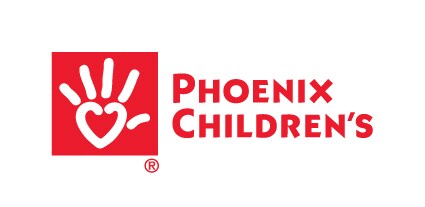
Pediatric radiology innovations at Phoenix Children’s Hospital
Few clinical specialties are immune to these challenges, but in pediatric care the challenges are significant – healthcare systems have to deliver excellent family-centric care to children with unique healthcare needs, who often require extra time, monitoring, specialized medications1 and specially trained health care providers who have the compassion and ability to understand kids of all ages. In the US, it is estimated that children with serious, complex chronic diseases account for only 10% of admissions, but 41% of hospital charges2. Phoenix Children’s Hospital is the sixth-largest children’s hospital in the US, with more than 1,000 physicians. It provides world-class inpatient, outpatient, trauma, emergency and urgent care to children and families in Arizona and throughout the Southwest. As one of the largest children’s hospitals in the country, Phoenix Children’s provides care across more than 75 pediatric specialties.
Radiology: the hub of the wheel
There’s a range of unique considerations behind the diagnostic procedure in a children’s hospital, which ultimately affects the delivery of an accurate, safe and timely image. These can include maintaining patient safety through managing radiation dose; fast image processing and workflows; reducing motion and securing a child during the imaging procedure to capture the highest quality image; and also bringing a level of comfort to the variety of different patients the hospital serves.
Most services in the hospital need accurate images to be able to confidently decide on the right diagnosis and Phoenix Children’s has placed advanced technology at the center of its imaging services, positioning itself as a leader on the cutting edge of pediatric medicine. Radiology is considered the “hub of the wheel,” or the central repository that all hospital services rely on for accurate and timely diagnostic images for its patients.
We go from neonates to young infants to toddlers to school-aged all the way up to teenagers and young adults. And each of those has different sensitivities and needs. So we have design issues and challenges. We have to adapt what we do to those different age groups because their disease and problems are all different and the approaches to those problems are all different,”
Richard Towbin, M.D.
Chief of Radiology at Phoenix Children's Hospital
Leaders in pediatric radiology
Amid the range of challenges facing pediatric care providers, strategic partnerships offer new and innovative opportunities to expand imaging services and build new models of care. About 10 years ago PCH began a long-term relationship with Philips that expanded in early 2017 to become a long-term strategic partnership. This 15-year agreement is a first-of-its-kind partnership for Philips with a stand-alone children's hospital system, and includes imaging systems, patient monitoring, clinical informatics, and a comprehensive range of clinical and business consulting services. With access to the latest in innovations from Philips, it gives Phoenix Children’s “strategic foresight” as a newer pediatric healthcare provider and supports them in delivering the highest quality patient care. Together, Phoenix Children's and Philips co-designed and tested new dosing protocols in its imaging equipment that are child-sized and appropriate for particular age groups or a particular organ. The research and technologies on dose management using iterative CT reconstruction, and spectral multi-energy CT combined with specific pediatric CT and MRI protocols, are now standards in Philips equipment offered worldwide. “The attitude at Phoenix Children’s is to move forward, and not to be satisfied with what we did yesterday or what we did last month,” says Dianna Bardo, Pediatric Radiologist at Phoenix Children’s. “We’re trying to achieve things for children that were really only intended for an adult.” Phoenix Children’s goal was to use technology to provide “more breadth and depth of high-end medical services” and help to drive innovation in diagnostics. The introduction of new technologies plays a valuable role in the hospital’s ability to conduct research, supports clinical staff and creates an environment where technology motivates and drives innovation, while reducing systematic waste and inefficiency. “The combination of our technological developments, the new innovations, and our software developments provides us with the opportunity to look at our data and become as efficient as possible for each level of our operation,” says Dr. Towbin. “We’re now able to understand anatomical relationships, make better diagnoses, and learn new information that we couldn’t previously do. Again this makes us far better as a radiology department and gives us a better chance to serve children at the highest levels.”
3D imaging innovation
Innovation in image processing and the evolution from 2D to 3D have led to more accuracy in diagnostic imaging. With Philips IntelliSpace Portal advanced visualization platform, radiologists at PCH can take 2D and 3D images, efficiently take measurements and confidently diagnose. “A clinician may not be able to look at a 2-dimensional image and get a real, accurate idea of what a disease process looks like,” says Dr. Bardo. “Using virtual 3D imaging we are able to show details of anatomy in a more readily comprehensible manner, whether that’s in the heart, the liver, or a fractured bone.” The Cardiac 3D Print Lab, a partner to Radiology at Phoenix Children’s Hospital, offers 3D printing and advanced post-processing technologies of images from Philips systems, which helps prepare physicians for complex procedures by creating accurate models of defective hearts, limb deficiencies, injured internal organs, and even tumors. Using 3D technology, radiologists at Phoenix Children’s Hospital can determine a tumor’s exact size and physicians can discern subtle changes in size or shape over time and treatment. The outstanding precision of 3D imaging allows oncologists to identify the most viable course of treatment and determine whether treatments are shrinking a patient’s tumor. “When I model that tumor or model that heart or bone into a 3-dimensional object in our 3D lab, it’s an instant picture. It’s something anybody can perceive. A patient can perceive it. [His or her] parent can perceive it – the physician that is caring for [him or her], the surgeon that may be repairing something, and the radiologists all have this understanding,” Dr. Bardo adds.
Phoenix Children's Hospital
Sixth-largest children’s hospital in the US, with more than 1,000 physicians across 75 pediatric specialties
Provides world-class inpatient, outpatient, trauma, emergency and urgent care to children and families in Arizona and throughout the Southwest
15-year partnership agreement with Philips with imaging systems, patient monitoring, clinical informatics and consulting services
This makes us far better as a radiology department and gives us a better chance to serve children at the highest levels."
Richard Towbin, M.D. Chief of Radiology at Phoenix Children's Hospital
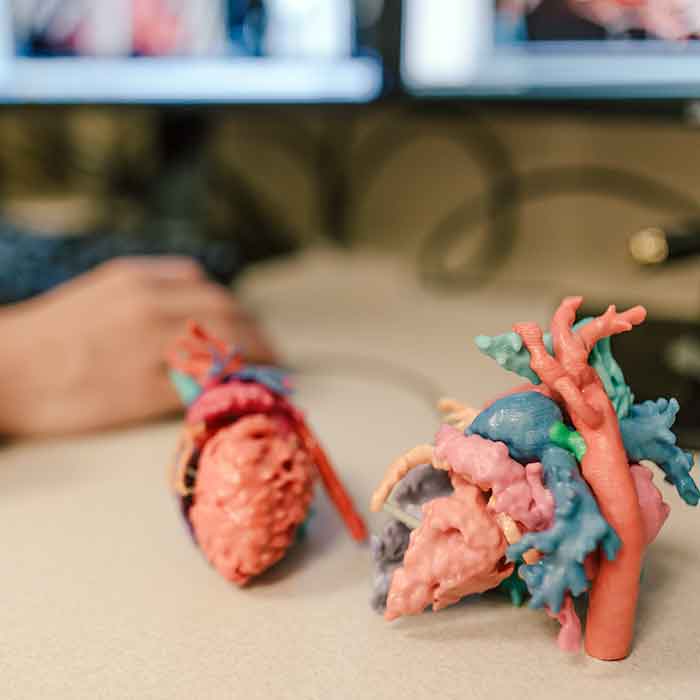
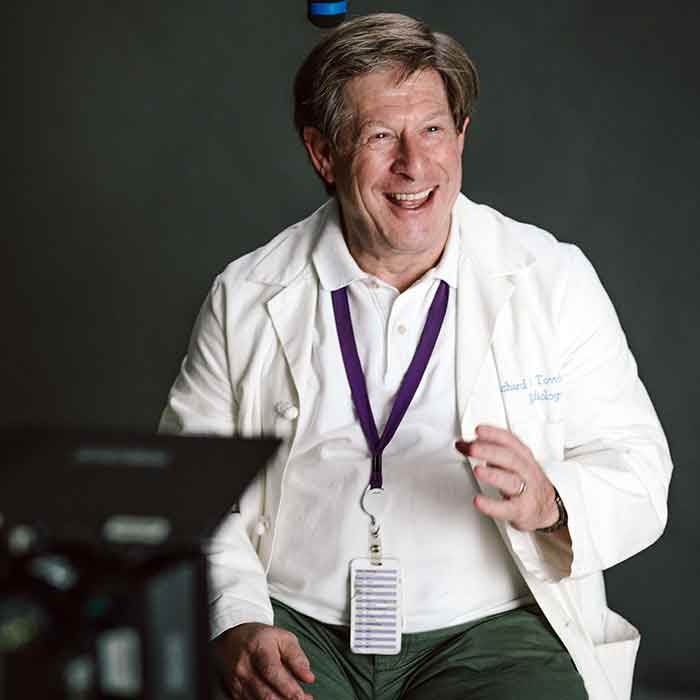
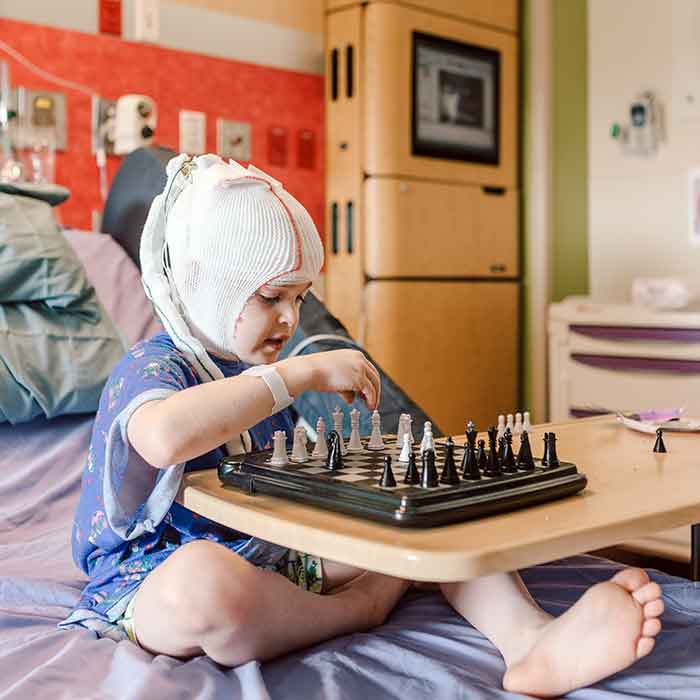
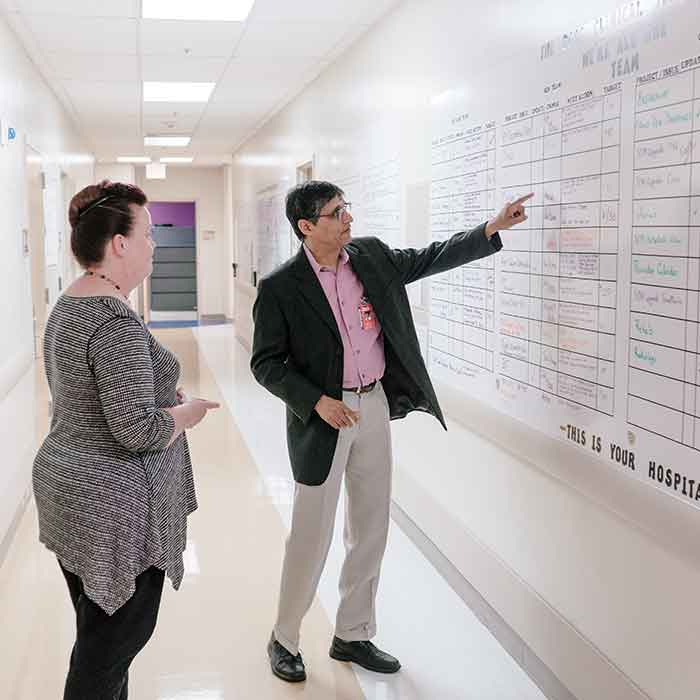
Advanced visualization with Philips IntelliSpace Portal
No bounds.
Better healthcare.
There's always a way to make life better.

DISCLAIMER: Results from case studies are not predictive of results in other cases. Results in other cases may vary. FOOTNOTES: [1] Children's Hospital Association http://www.childrenshospitals.org/About-Us/About-Childrens-Hospitals [2] Simon TD, Berry J, Feudtner C, et al. Children with complex chronic conditions in inpatient hospital settings in the United States, Pediatrics 2010;126;647-55

